Hidden Heritage: Homes in Dhaka
Hidden Heritage: Homes in Dhaka
A first of its kind in Bangladesh, the web-based project “Hidden Heritage: Homes in Dhaka,” focuses on highlighting homes and houses in Dhaka from various periods in its history. The first phase of the project which includes five houses was marked by a launch event on 17th September, at the well-known Haturia House in Bongshal. His Excellency Charles Whiteley, the Ambassador of the European Union in Bangladesh was present as the chief guest. The British High Commissioner to Bangladesh H.E. Robert Chatterton Dickson, the French Chargé d’Affaires a.i., Deputy Head of Mission, Political and Cultural Affairs H.E. Guillaume AUDREN de KERDREL, Director of Alliance Française de Dhaka, François Grosjean, Director of Goethe-Institut Bangladesh, Dr. Kirsten Hackenbroch, Director General of Bengal Institute Prof Kazi Khaleed Ashraf, family members of the heritage houses, and many well-wishers were present at the event.
Conceived as a dedicated documentation and web-based presentation of significant homes and buildings, the project has been undertaken to document selected buildings/spaces within greater Dhaka city, along with their historical, societal and environmental context. Each house is depicted through a multimedia platform including 360-degree photography, regular photographs, videos, new drawings, and other documents.
The website for the project “Hidden Heritage: Homes in Dhaka,” produced by Bengal Institute with support from EUNIC (the European National Institutes for Culture), was launched on 17th September, 2022 afternoon. The partners for this project were: European Union in Bangladesh , Alliance Française de Dhaka , British Council Bangladesh , Goethe-Institut Bangladesh and Embassy of Spain in Bangladesh.
The website is accessible at: https://hiddenheritage.org/
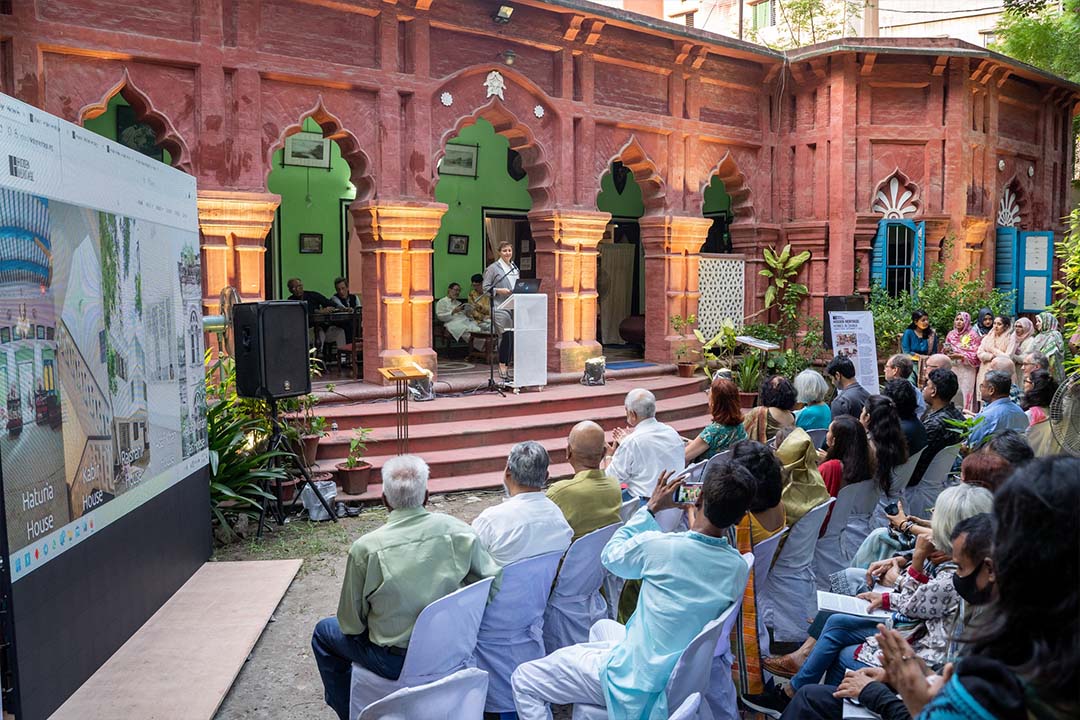
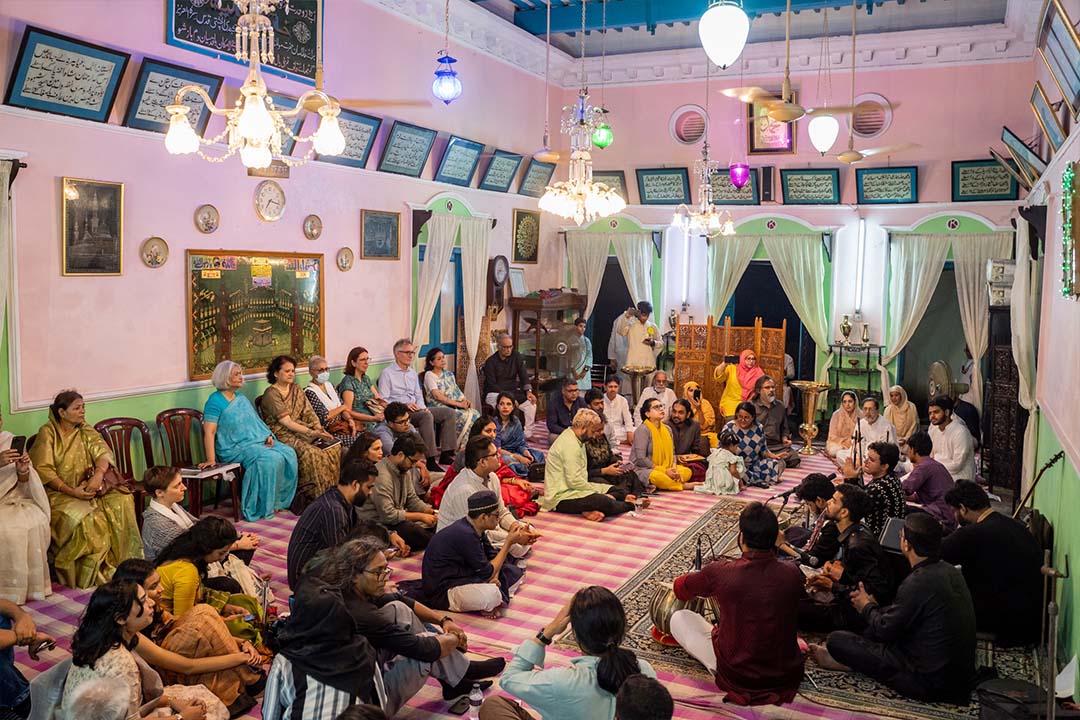
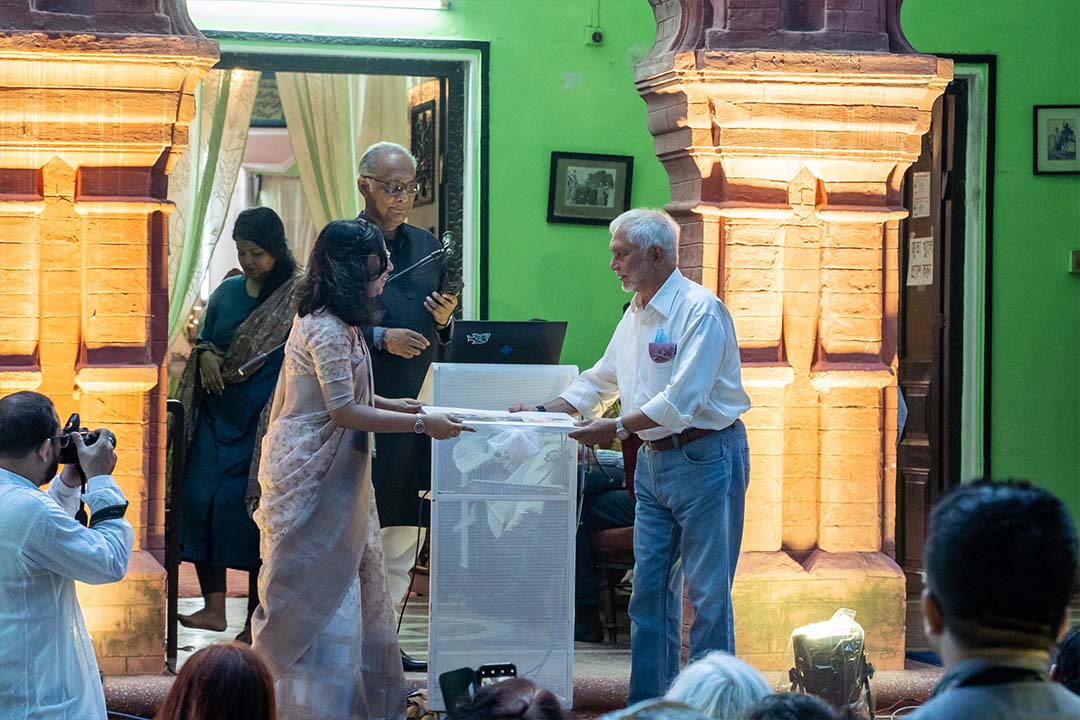
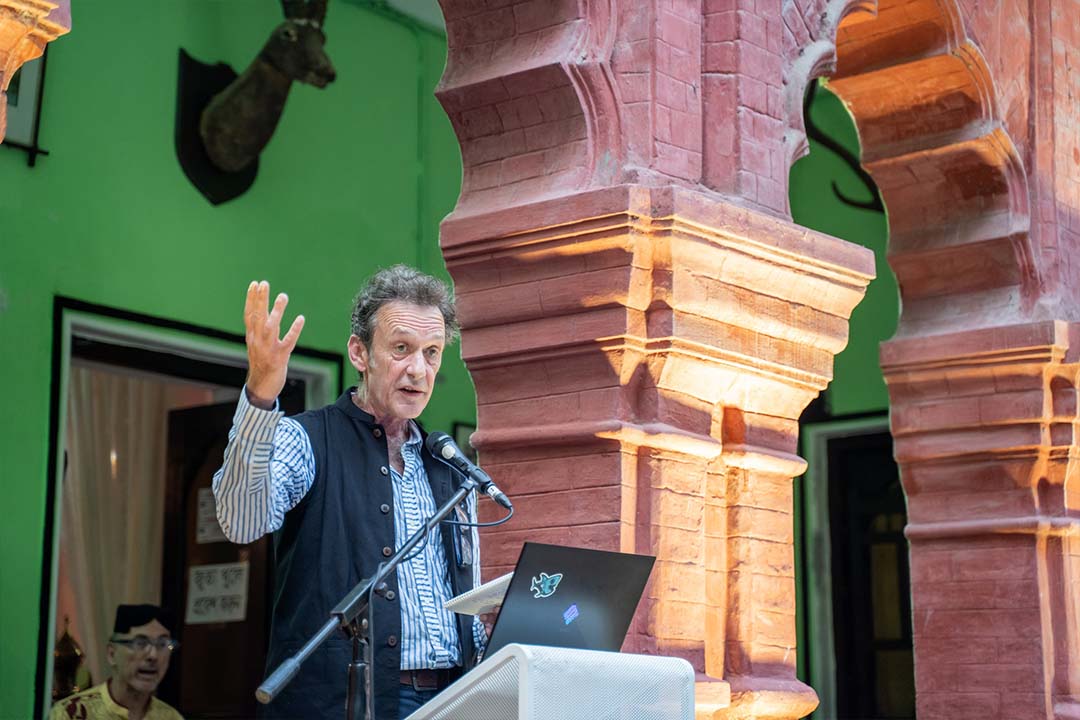
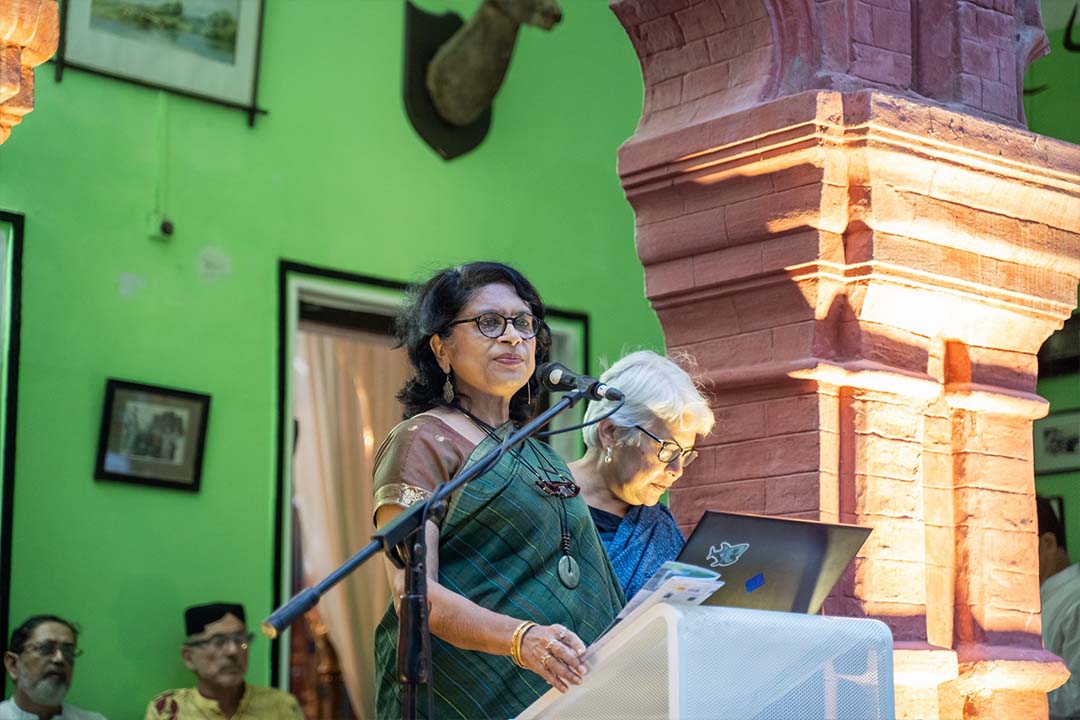
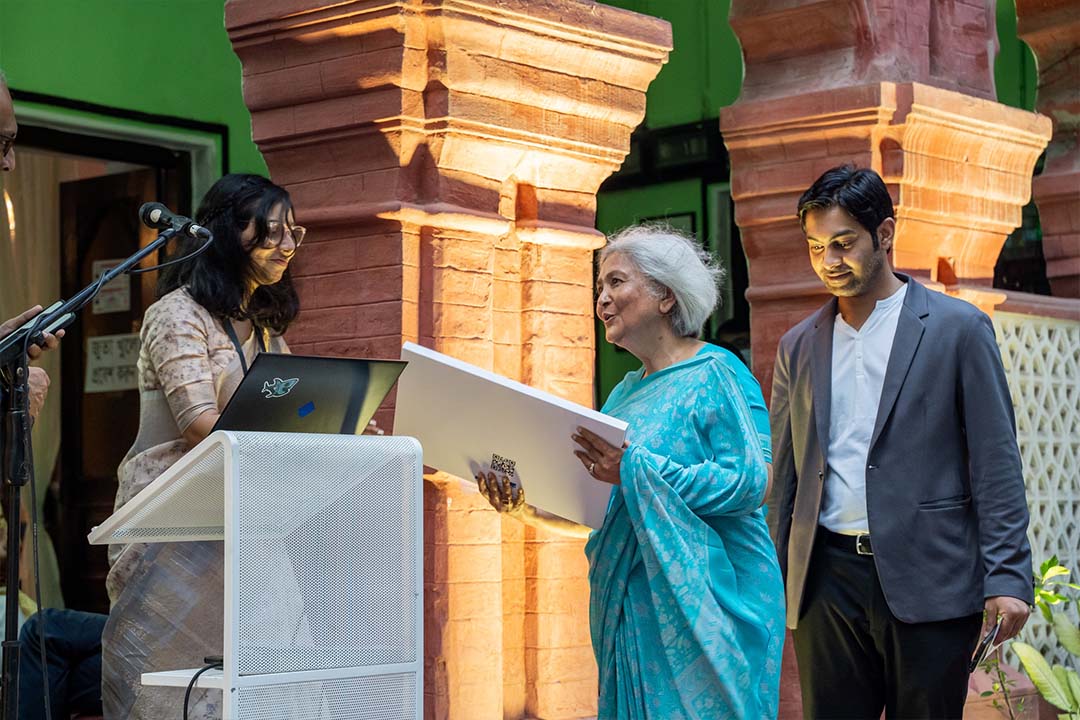
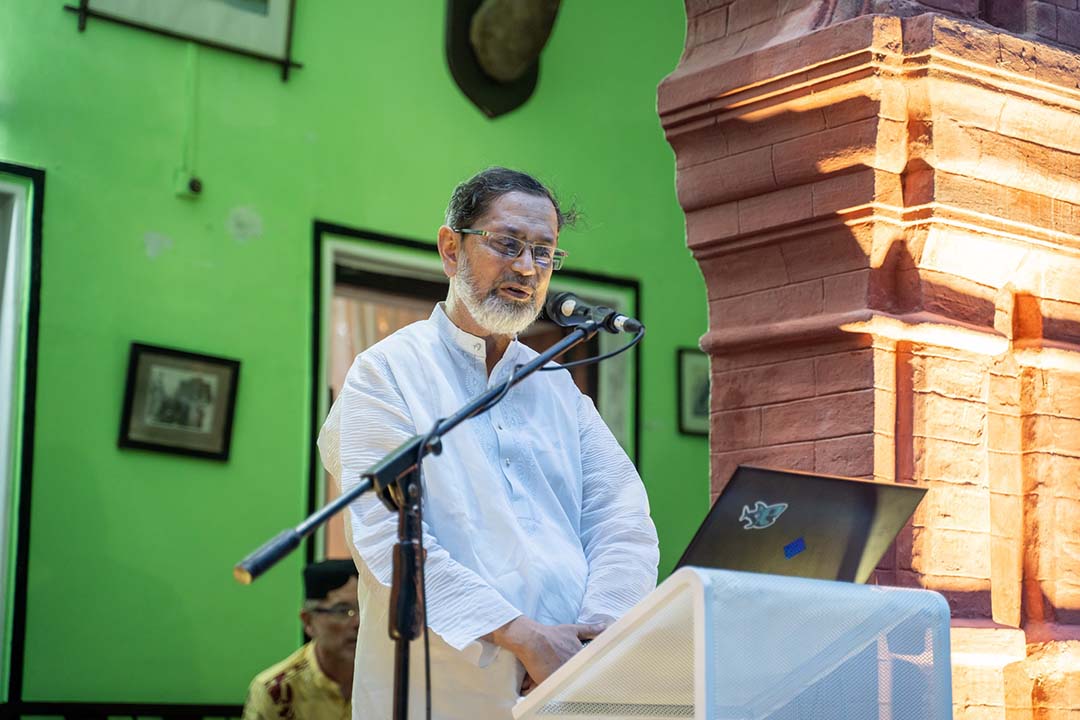
Inauguration of Hidden Heritage: Homes in Dhaka Web
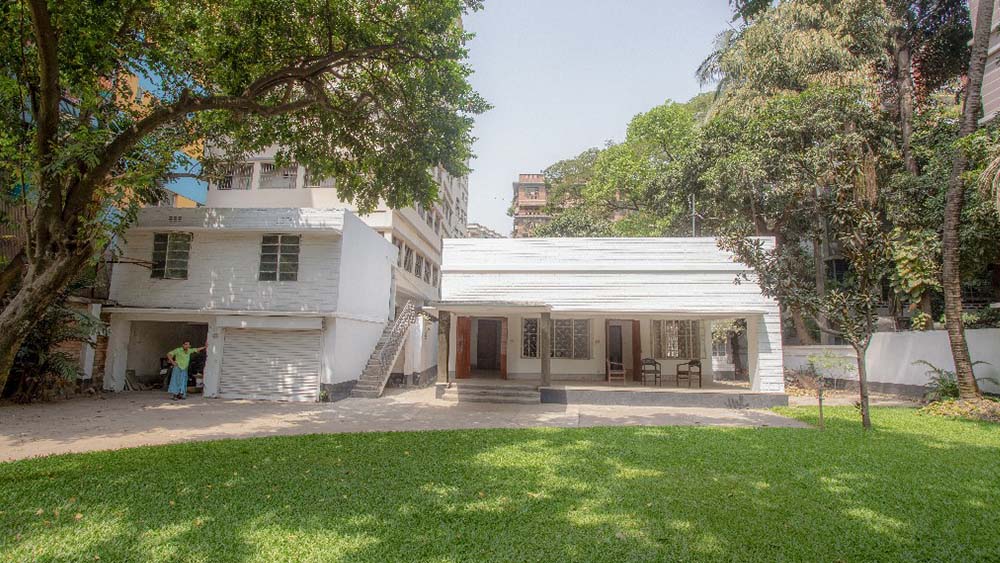
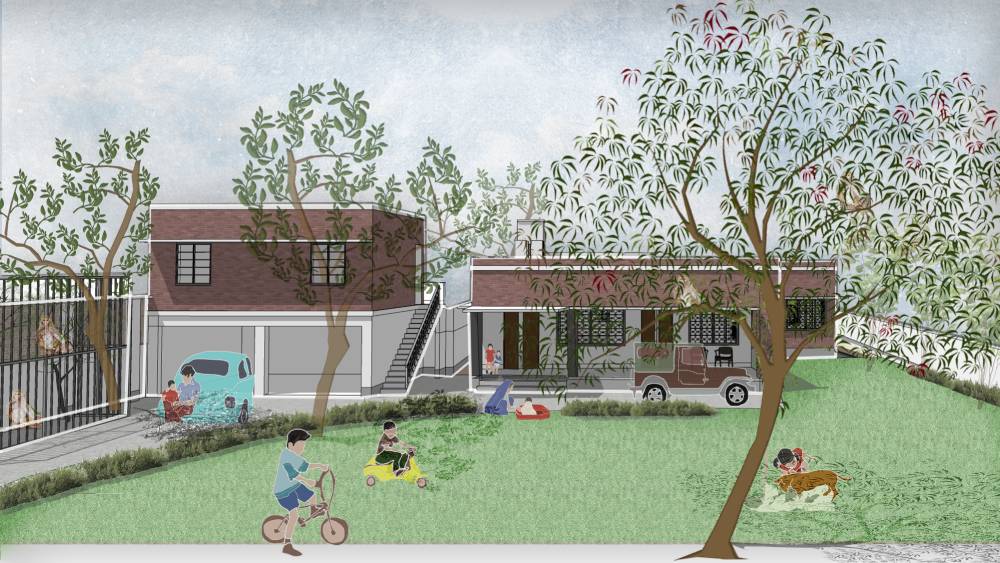
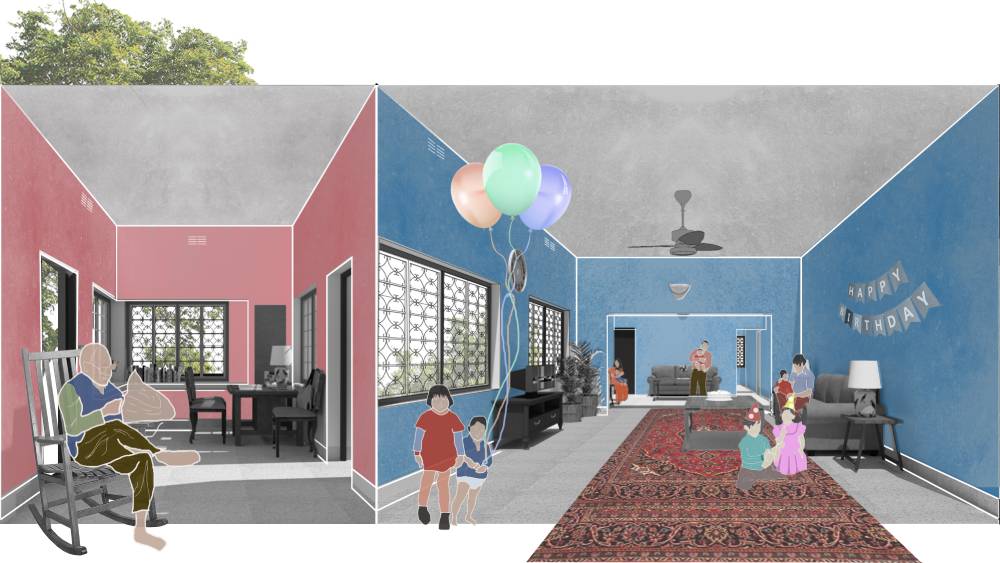
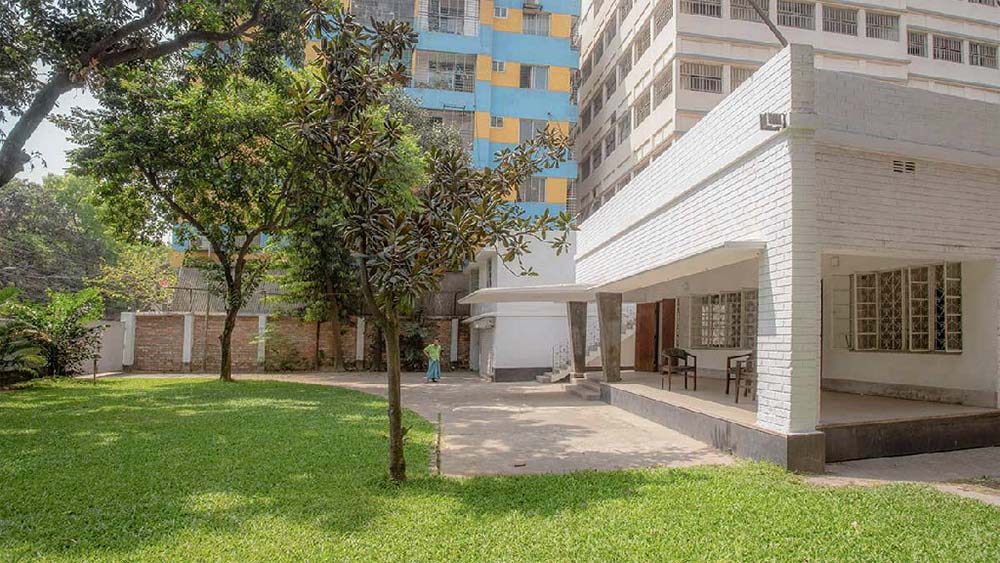
Asaf Khan Residence:
Located in Dhanmondi, Dhaka, built on a 14 katha plot with a lawn, the main residence, a garage building with servant’s quarters and a backyard with a machine room and water reservoir, the Asaf Khan Residence represented a new lifestyle in Dhaka in the 1950s and 60s. The residential living zone and other outdoor spaces had been weaved altogether to provide a comfortable living experience to the residents. The neat and clean plan with an utilitarian outlook and convenient domestic spaces is a great representation of some of the exemplary works undertaken by architects of the postcolonial period of that time.
Photo credit: Nasir Khan Saikat
Illustrations: Bengal Institute
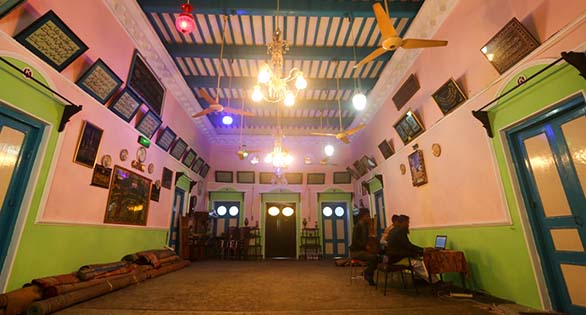
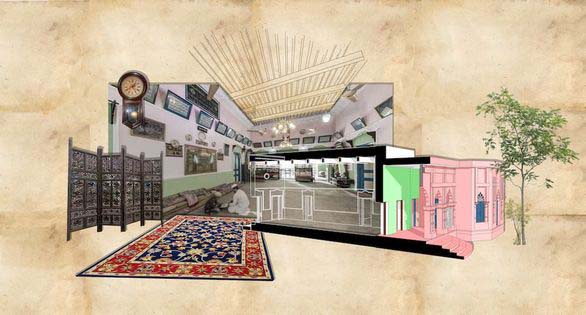
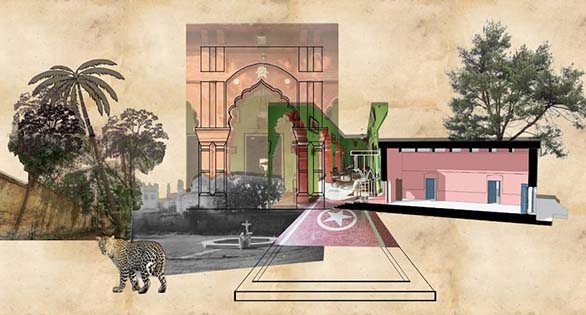
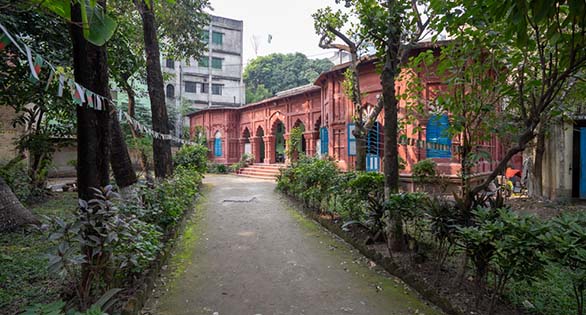
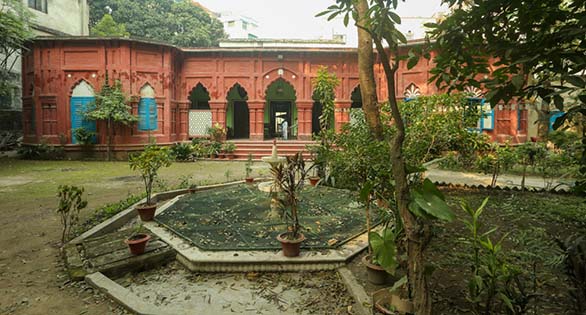
Haturia House:
Built around 1920, Haturia House is named after the zamindari area in southern Bangladesh where the family had an estate. The house is a symmetrical structure with an architectural style built with a close resemblance to what is often described as the Indo-Saracenic manner represented by the Curzon Hall, built in 1911. Although the Haturia House is an orderly structure, ornate multi-foiled or cusped arches, decorative ventilators, windows and mosaic surface add to the features of the houses. The central hall of the house was used for spiritual gatherings with musical events, which is still maintained today.
Photo credit: Nasir Khan
Illustrations: Bengal Institute




Kabir House:
Kabir House is one of the few properties built in the early 1950’s in the middle of the government housing and staff quarters in Eskaton Road. The house faces a large south lawn, which at that time was typical of houses of other upper middle class families in Dhaka. In fact, initially the northern side of the plot consisted of an orchard with large trees. Situated in between the lawn and orchard, the asymmetrical looking house was designed to accommodate a large family on two floors with spacious verandahs and common spaces. Today, this is one of the very few old structures to stand still amidst multistoried buildings in the neighborhood.
Although built as a family residence, this house initially served as a guest house for American consulates at that time.A vibrant, lively space was maintained in an impeccable condition when the original family still lived there.
Photo credit: Nasir Khan
Illustrations: Bengal Institute




Rajshahi House:
Rajshahi House, a two-storeyed house, located in Moghbazar. The house, built in 1957, exemplifies the vocabulary of modern architecture of postcolonial Dhaka, and was adapted to fit the city’s tropical climate and local context. As seen in typical houses for the upper middle class who were serving a new government in the 1950s and had started to live in newer parts of Dhaka, Rajshahi House represents the beginning of a new residential type and lifestyle.
Photo credit: Nasir Khan
Illustrations: Bengal Institute
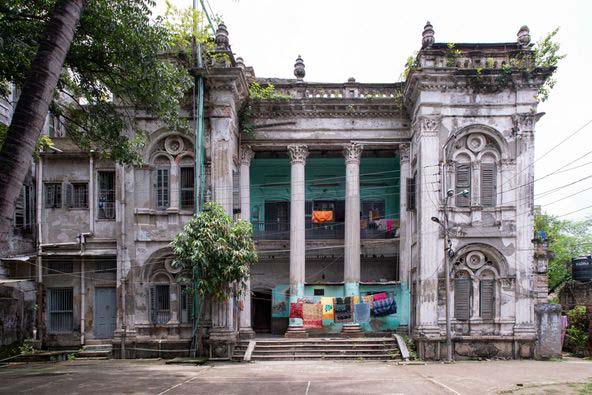
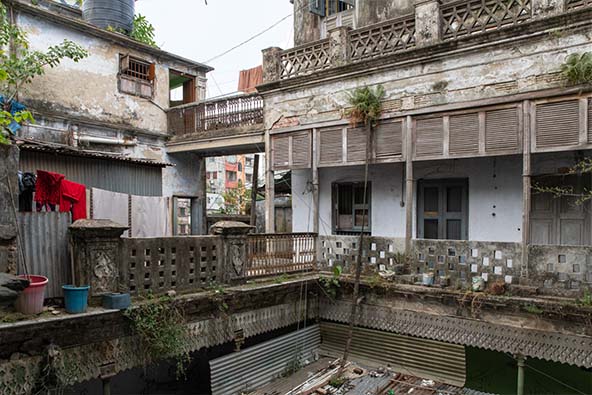
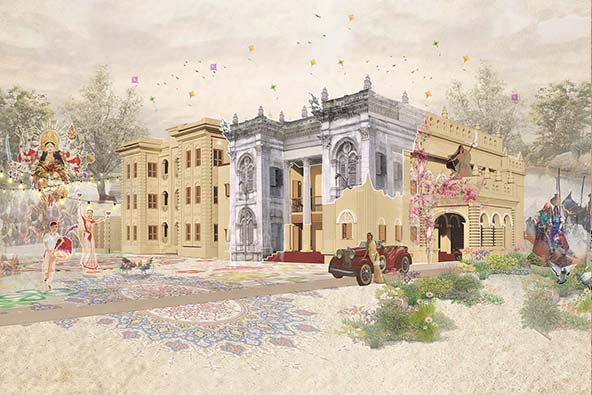
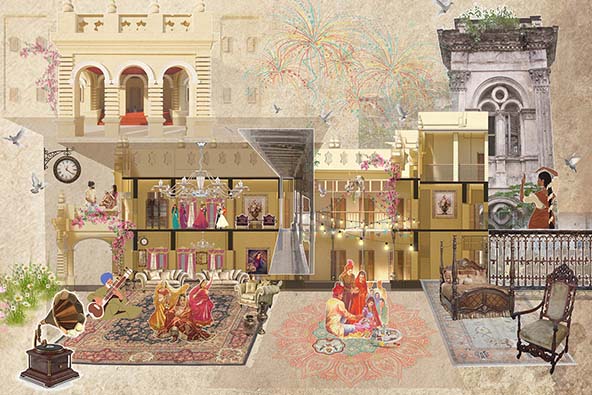
Revati Vaban:
The Revati Bhaban, located in Sutrapur, was constructed on a land of one acre on the bank of the now vanished Dholai Canal by Revati Mohan Das, a successful Hindu businessman in the early 20th century. The building contains about thirty-five rooms of various dimensions, with courtyards, porches, and terraces. The grand house, built in an European neo-Classical mode, consists of splendid classical pillars that rise from the ground floor to the rooftop, where the parapet is topped with decorative finials. The house complex stands as a significant testament to various political, religious and cultural events of Dhaka of that time.
Photo credit: Jahin Ahmed
Illustrations: Bengal Institute
